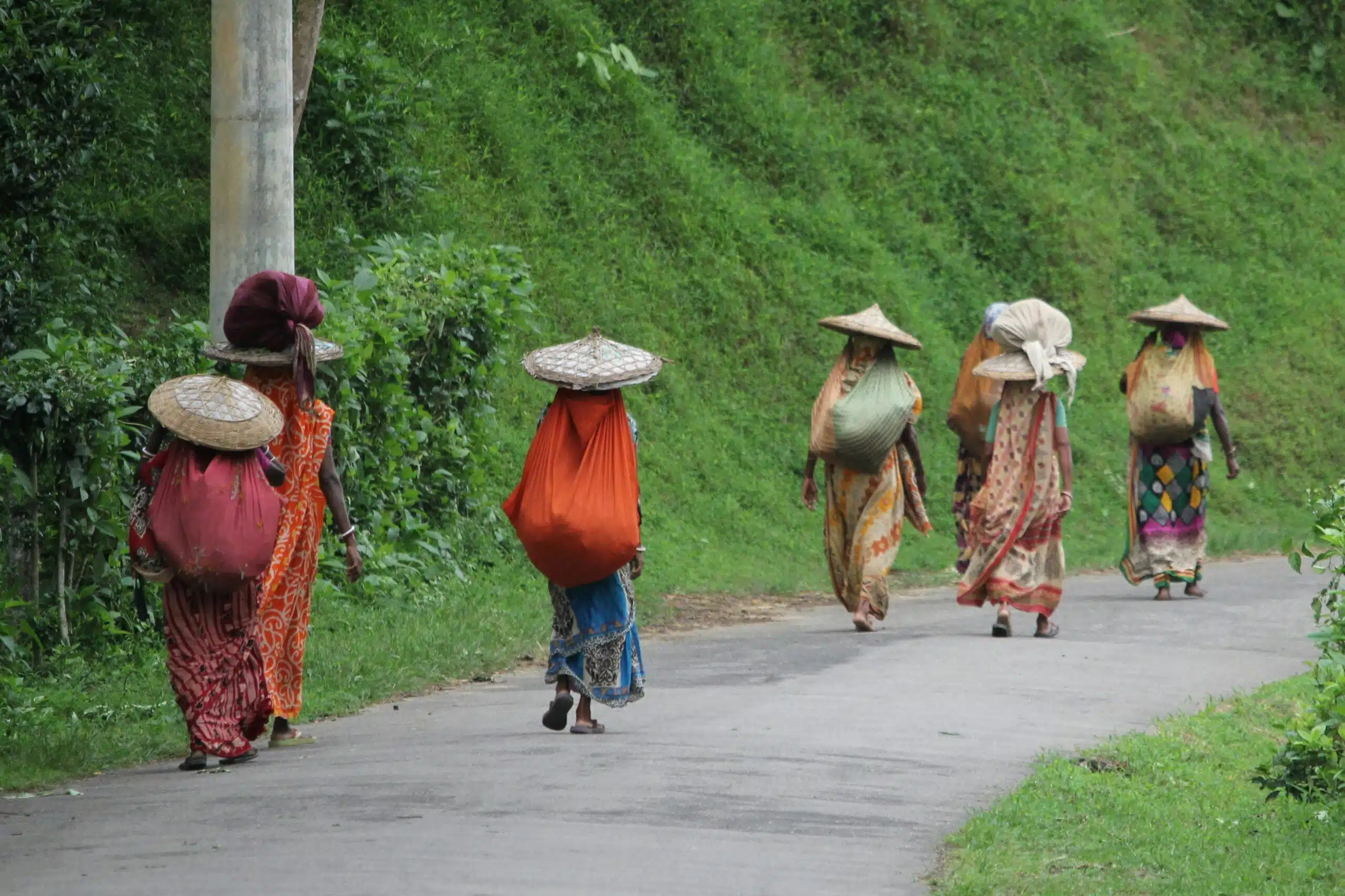Hannah Measures, JBA’s Emergency Preparedness and Response Specialist, shares her hopes for a renewed commitment to gender inclusive governance.

Ready to discuss your next project? Contact our team today.
From 2 – 6 June 2025, Geneva will host the eighth session of the Global Platform for Disaster Risk Reduction (GP2025), marking a pivotal moment in the implementation of the Sendai Framework. As we approach the final five years of this global agreement, GP2025 offers a critical opportunity to assess progress and accelerate actions, particularly in areas that have historically been under prioritised – namely, protection and gender-based vulnerability.
According to the United Nations, by 2050, climate change will push up to 158 million more women and girls into poverty. Climate change-induced migration exposes women to heightened risks of sexual violence. Inadequate shelter and life in refugee camps often leave women and girls with little or no privacy, increasing their vulnerability to gender-based violence. These environments can also lead to increased domestic violence, linked to the pressures and instability of displacement. To reduce the risk of harm and exploitation, the disaster risk reduction (DRR) community must strengthen its commitment to gender-responsive programming.
GP2025 is the first Global Platform convened since the launch of the Sendai Gender Action Plan (Sendai GAP) in 2024. This plan builds on the Sendai Framework’s principle that disasters affect people differently – and that effective DRR must recognise and respond to those differences. The Sendai GAP is a major step forward. It provides clear guidance for integrating gender across all areas of DRR, from governance and data to planning, implementation and financing.
Its aim is not simply to add a gender lens to existing work, but to shift how we understand and address risk. For example, women are often disproportionately affected by disasters because of structural inequalities and overlapping vulnerabilities. Yet they continue to be underrepresented in decision-making roles. At a practical level, this means rethinking how early warning systems, preparedness planning and recovery programmes are designed – so that they serve the needs of all people, not just the majority or the most visible.
The conference will include a dedicated session on implementing the Sendai GAP, focusing on how national and local actors can turn this guidance into real-world change. We’re particularly interested in the discussions around data, institutional arrangements and capacity building – all crucial to embedding greater inclusion into policy and practice.
At the same time, it’s important to recognise that policy-level guidance alone is not always enough. The Sendai Framework rightly recognises the importance of community-based approaches and inclusive “all-of-society” engagement. But in many countries, a lack of centralised resources and institutional capacity has limited the practical support available for community-led action. Going forward, there is a real need to strengthen community-based disaster risk management (CBDRM) in a manner that does not reinforce pre-existing drivers of vulnerability. Supporting grassroots leadership, local knowledge and context-specific solutions that reflect the realities on the ground. Resilience must be built from the bottom up, not just the top down.
UNDRR has also emphasised the importance of gender parity among speakers and delegations at GP2025, encouraging governments to bring inclusive, high-level representation. This reflects a welcome shift from talk to action – recognising that diversity isn’t a ‘nice to have’, but a vital component in delivering robust and impactful solutions and effective and equitable DRR.
Protection must be central to disaster risk reduction. As climate change drives conflict and displacement, women and girls face increased exposure to gender-based violence – including conflict-related sexual violence, child marriage and human trafficking. These are not only humanitarian concerns; they are also risks that must be actively considered in DRR planning and preparedness.
GP2025’s agenda includes thematic sessions that will explore strategies to safeguard vulnerable populations, emphasising the need for inclusive and equitable DRR measures. The conference will also feature a Gender Pledge Wall and Inclusion Hub, providing a space for participants to commit to advancing gender equality and social inclusion in DRR efforts.
At JBA Global Resilience, we are hopeful that GP2025 will catalyse meaningful progress in the following areas:
GP2025 represents a significant opportunity to reaffirm our collective commitment to a more inclusive and equitable approach to DRR. By prioritising protection and gender equality in our discussions and actions, we can build resilience for all.
We look forward to engaging with partners and stakeholders at GP2025 to share insights, learn from diverse experiences, and collaborate on advancing these critical issues.
For more information on GP2025 and its agenda, please visit the official website: https://globalplatform.undrr.org/
Ready to discuss your next project? Contact our team today.
Discover more about the challenges and solutions shaping resilience and sustainable development across the globe.